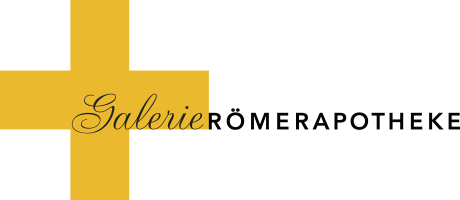Jörn Vanhöfen
Spain 2003: A passenger ship on the sea at sunset. The scene resembles a postcard - a memento of a sea voyage. But this cliché quickly collapses, as - lying too close to the coast - the proud vessel is revealed to be a beached wreck. The rear of the ship has been torn off. Visible signs of rust make it apparent that the catastrophe took place a long time ago. Sea, sunset and wreck as a new type of postcard for catastrophe tourism?
Berlin 2002: Part of Berlin's cathedral can be seen peeping out from behind the ruins of the former Palast Hotel. Jörn Vanhöfen photographed this constellation from a building opposite, which itself forms part of the picture. A few steps forward and to the left would have sufficed to get a clear view of the historical building. But the picture defines just this view and thus disrupts the expectations inherent in the flow of our perceptions. It presents a specific arrangement of reality. The various buildings act as a block. The fragments of the ruin resemble the small architectonic elements on the façade of the cathedral. The difference between them disappears thanks to a pattern which is imposed onto both buildings.
Berlin 2004: The photo of a pile of rubble within a ruined complex of buildings has the effect of a close-up. Photographed during a light snowstorm, the snow crystals are distributed and fixed over the space. Falling snow and destruction have one thing in common: rubble and snow are both perceived as particles but also as a pile or a white surface. We experience the falling particles as a process in time, the result as "timeless" form. The picture becomes a metaphor by organizing the apparently chaotic arrangement of tiny particles into a pattern and thus liberating them from their meaning, so they can be projected as a structure onto a constructed reality.
But this incurs the risk that the metaphor creates a relationship which exists only as a picture - and is consequently seen only as a possible arrangement of reality rather than a reproduction of it. The transition from a process - falling snow or destruction - to a state such as a blanket of snow or a pile of rubble, describes a change of organization. And even destruction generates order. Jörn Vanhöfen seeks to make such transformations accessible to our experience by means of the potential ambiguity of various esthetic patterns. Ambiguity implies a lack of meaning but also the transition from one meaning to another, traversing a phase without meaning in order to establish another one.
Jörn Vanhöfen refers his photos to transitions: from process to status or from one situation to another, and chooses his perspective so that we experience the images as a change of context which also implies a change in meaning. We frequently associate such a transition with catastrophe or irritation. Fires, stormy weather and wars, a "chance meeting on a dissecting table of a sewing machine and an umbrella" (Lautréamont), the presence of a bronze stag in a hotel foyer or a dog roaming about a beach (Liguria 1988). Vanhöfen takes his photos when ambiguity emerges in the picture from constellations of reality. We then come into conflict with our experience of reality, which aims to eliminate ambiguity. And yet ambiguity needs this difference.
Manfred Schmalriede
